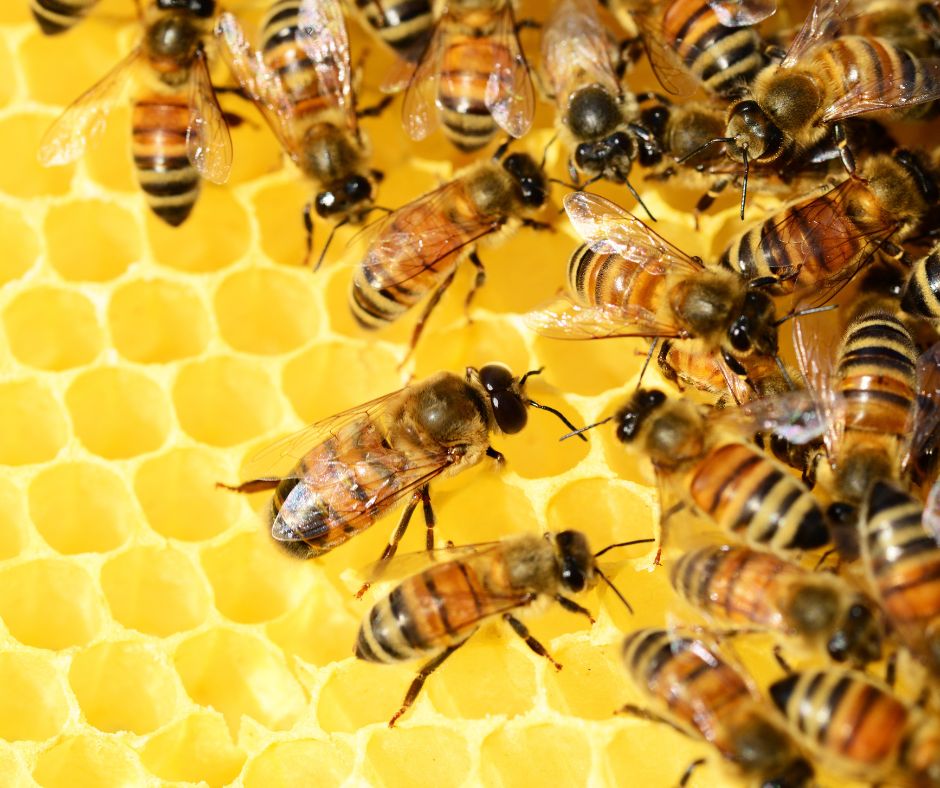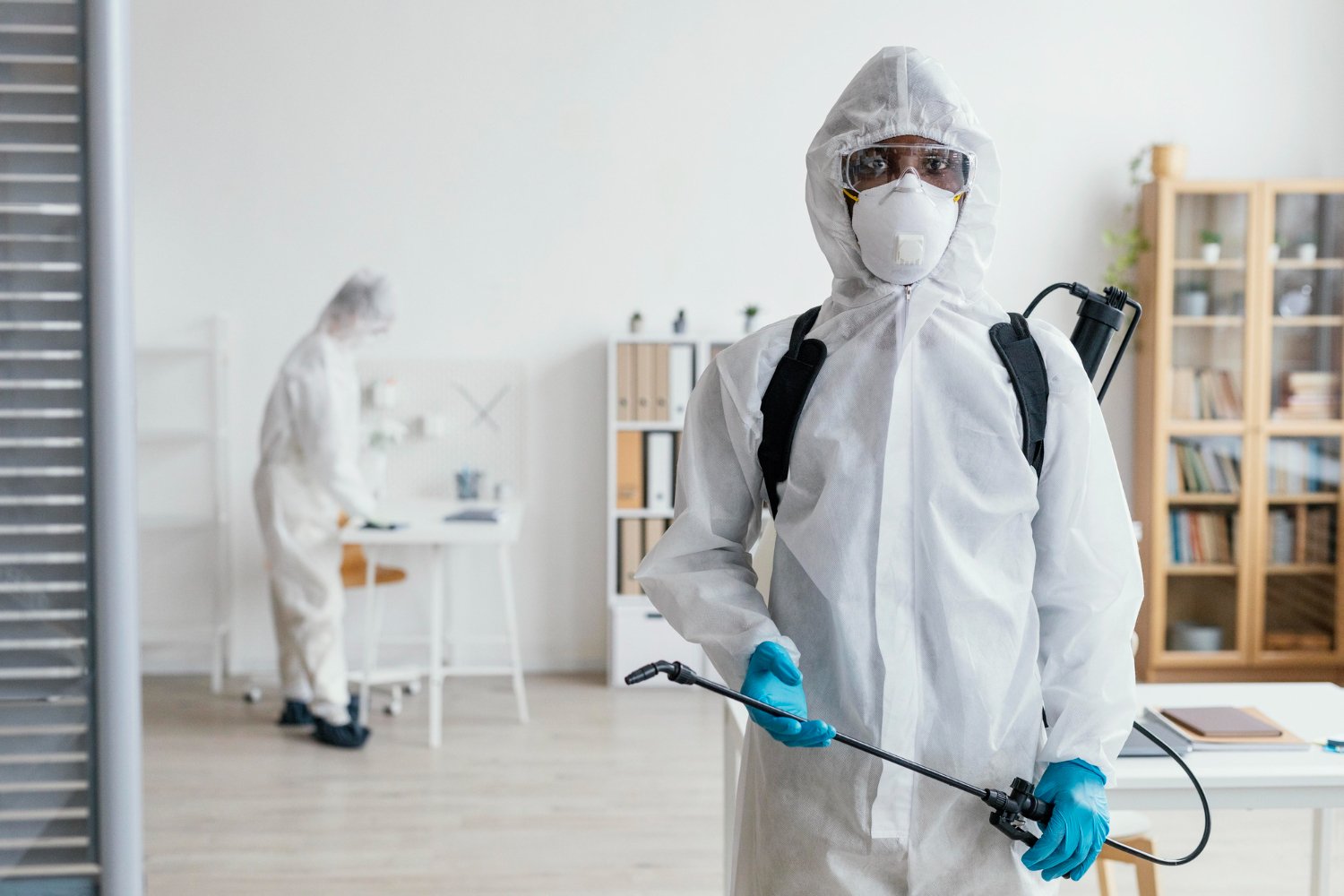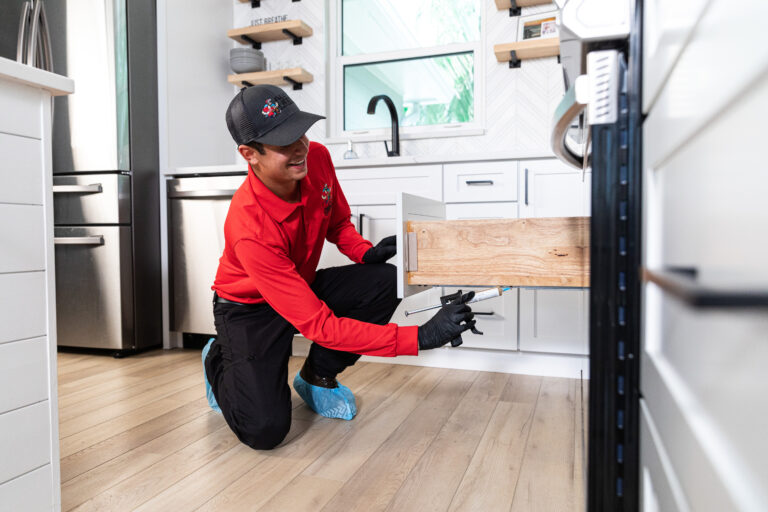Highly-rated Pest Control in Charlotte County for Your Residence and Office
Learn More About the current Developments in Bug Control and Exactly How to Carry Out Reliable Therapy Solutions
Over the last few years, the area of parasite control has observed significant advancements, driven by the requirement for effective and sustainable treatment services. Cutting-edge approaches such as Integrated Bug Management (IPM) integrate environmentally friendly practices with innovative innovation, improving both efficacy and environmental duty. The combination of smart innovations and Do it yourself techniques has encouraged individuals to tackle parasite problems more efficiently. As we discover these advancements, it comes to be necessary to understand how finest to implement these strategies in different setups to accomplish optimum results. The ramifications for pest monitoring techniques might be transformative.
Eco-Friendly Bug Control Options
In recent times, the need for eco-friendly pest control alternatives has actually surged as businesses and homeowners alike look for sustainable choices to typical chemical therapies. This change is driven by growing environmental recognition and a need to reduce the wellness risks connected with synthetic pesticides.

Environment-friendly bug control approaches incorporate a series of methods that prioritize using natural materials and practices. Integrated Parasite Administration (IPM) is one such method, combining biological, cultural, and mechanical methods to handle insect populaces while lowering reliance on chemicals (Wildlife removal services). This alternative method emphasizes avoidance via habitat manipulation and the introduction of all-natural predators, thereby cultivating a well balanced ecosystem
Another prominent alternative is making use of herb pesticides originated from plants, which often tend to be less damaging to non-target organisms. Products like neem oil and diatomaceous earth have obtained grip for their efficiency in regulating pests while posturing very little dangers to human wellness and the setting.
Furthermore, exclusion techniques, such as sealing access factors and maintaining sanitation, play a vital function in environment-friendly parasite management. By adopting these lasting practices, individuals and companies can efficiently manage pests while promoting a healthier earth for future generations.
Smart Modern Technology in Pest Management
Advancement is improving the landscape of parasite administration, with wise innovation becoming a crucial pressure in enhancing performance and efficiency - Wildlife removal services. The combination of Web of Points (IoT) tools, expert system (AI), and information analytics is changing exactly how bug control specialists approach invasions
Smart traps equipped with sensors can spot insect activity in real-time, sending out prompt informs to operators. This enables prompt reactions, reducing damage and reducing the demand for considerable therapies. Furthermore, AI algorithms examine historical data to predict pest behavior, enabling proactive treatments based upon environmental conditions and infestation patterns.
Drones and computerized lorries are also playing a significant role in parasite management, supplying aerial evaluations of big areas, identifying hotspots, and also dispersing targeted therapies. These innovations not just streamline procedures but additionally improve safety and security by limiting human exposure to potentially dangerous chemicals.
Moreover, mobile applications empower consumers to keep track of pest task and gain access to expert recommendations, fostering a joint strategy to pest monitoring. Overall, the adoption of clever modern technology is establishing a brand-new standard in pest control, highlighting data-driven choices and lasting techniques that inevitably profit both homeowners and experts alike.
Integrated Parasite Monitoring Strategies
Integrated Pest Management (IPM) uses a holistic approach to pest control, integrating different techniques to successfully manage bug populaces while decreasing threats to human wellness and the setting. IPM rotates around recognizing the pest life cycle, their natural enemies, and the ecosystem in which they thrive.
One of the basic components of IPM is keeping an eye on pest populaces through regular inspections and information collection. This permits the identification of pest thresholds, identifying when intervention is required. Social methods, such as plant cleanliness, rotation, and habitat control, are important in reducing parasite frequency and promoting plant wellness.
Mechanical controls, including barriers and traps, are likewise vital in IPM. These approaches can literally get rid of or hinder pests without making use of chemicals. When essential, the cautious application of chemical controls is used, concentrating on targeted therapies that lessen ecological influence.
Education and partnership among stakeholders, consisting of farmers, insect control specialists, and the community, are important for the effective implementation of IPM approaches. By focusing on lasting techniques, IPM not just addresses pest problems but likewise fosters a my response healthier ecological community.
Biological Control Approaches
Various organic control techniques are progressively recognized for their performance in taking care of pest populations while advertising eco-friendly equilibrium. These methods harness natural predators, parasites, and virus to reduce pest numbers without depending on synthetic chemicals. For example, the intro of ladybugs can successfully manage aphid populations, while nematodes target soil-dwelling pest larvae.
Additionally, making use of microbial pesticides, such as Bacillus thuringiensis (Bt), supplies an ecologically pleasant choice for handling caterpillar insects. These items specifically target pest species, lessening injury to useful pests and pollinators. Preservation biological control highlights improving habitats for all-natural enemies, such as birds and valuable insects, thus urging their presence in agricultural systems.
Research remains to reveal innovative approaches within this area, such as making use of pheromones to interrupt pest breeding patterns or the growth of biocontrol representatives with genetic modification. Executing these methods can result in lasting pest administration practices that mitigate the reliance on chemical interventions, eventually promoting much healthier environments. As awareness of these strategies grows, they are coming to be integral parts of integrated insect management (IPM) approaches, offering a balance between reliable bug control and environmental stewardship.
DIY Pest Control Solutions
As homeowners look for reliable ways to deal with bug issues, do it yourself insect control solutions have actually gotten appeal for their accessibility and cost-effectiveness. These methods empower individuals to attend to invasions utilizing easily available materials and methods, often without the requirement for professional intervention.

Furthermore, maintaining correct hygiene and normal examinations can protect go to this web-site against pest entry and nesting (Wildlife removal services). Simple methods, such as sealing cracks, removing food sources, and decluttering, can significantly decrease insect populations. Traps, both homemade and readily offered, can also provide effective services for surveillance and controlling certain bugs like rodents or pests

Verdict
The combination of environment-friendly pest control options, wise innovation, and ingenious administration techniques presents an extensive method to effective bug management. By embracing Integrated Bug Management (IPM) and using biological control methods, together with Do it yourself services, sustainable and responsible parasite control can be attained.
Green parasite control techniques incorporate a variety of methods look these up that prioritize the use of natural substances and methods. Integrated Bug Monitoring (IPM) is one such method, combining biological, cultural, and mechanical tactics to handle bug populations while decreasing reliance on chemicals. As recognition of these techniques expands, they are coming to be important components of incorporated bug administration (IPM) strategies, supplying a balance in between efficient insect control and ecological stewardship.
The assimilation of environment-friendly pest control alternatives, wise technology, and cutting-edge administration techniques presents a thorough method to effective bug administration. By welcoming Integrated Parasite Management (IPM) and making use of biological control approaches, together with Do it yourself solutions, lasting and accountable pest control can be attained.